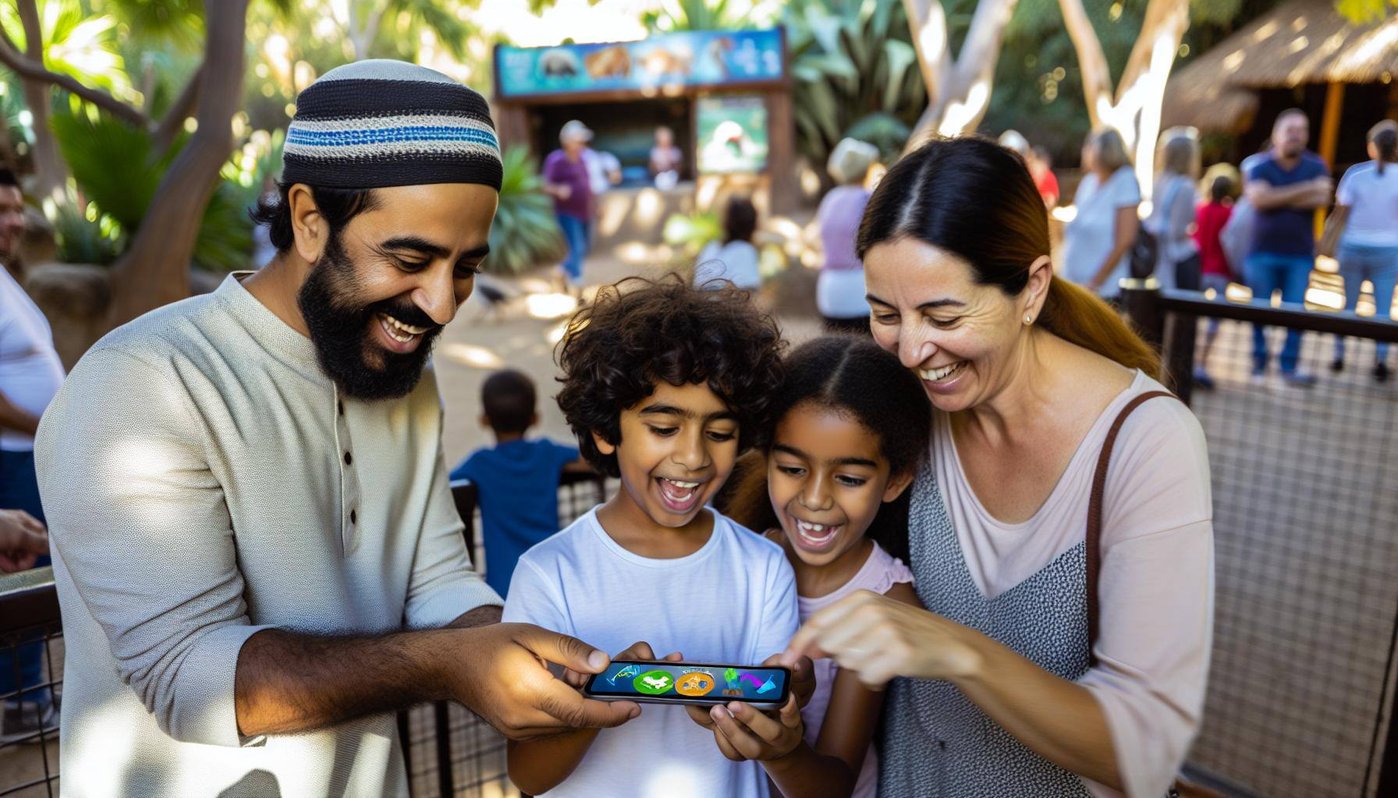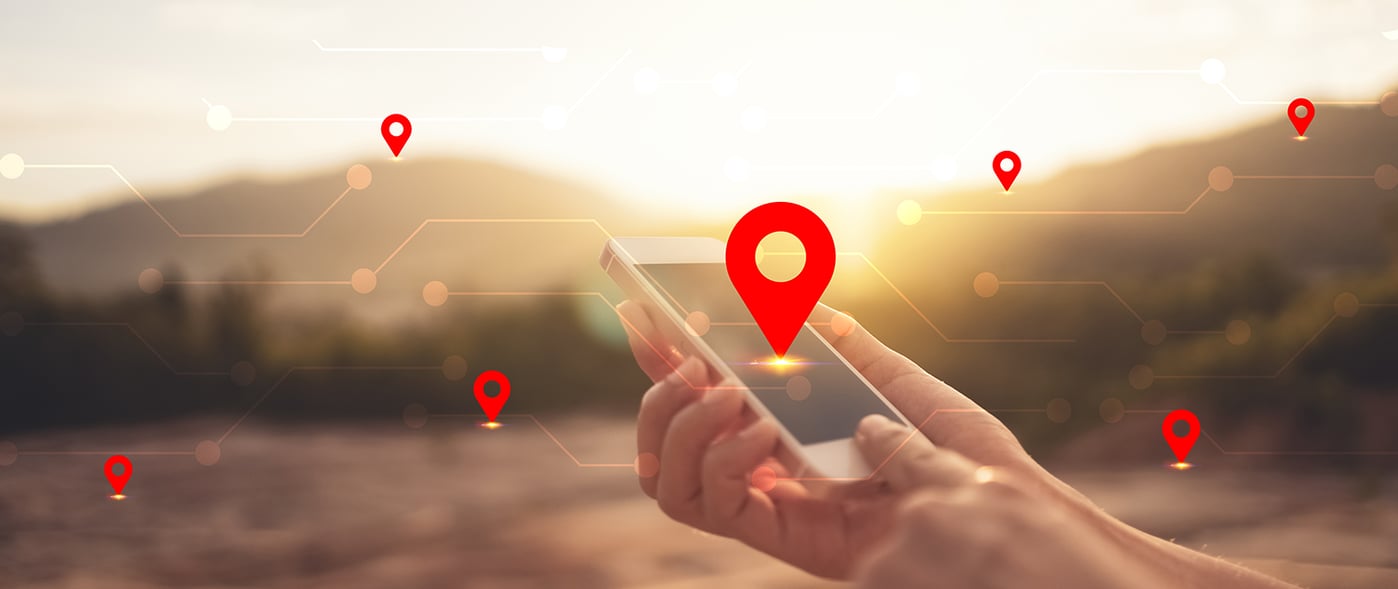Our Blue Planet
Needs You.
Sustaining One Ocean, One Climate, One Future through Audience Engagement.
Today is World Ocean Day, a United Nations initiative to highlight the vital importance the planet’s waters are for our survival. Its aim is to mobilise and unite all people in the single goal of sustaining this life force.
For many, the ocean is a foreign exotic destination, a holiday created for adventure and relaxation. For most though, a trip to the ocean to experience the wonders of what lies beneath the surface and to understand the interdependent relationship we have with these water bodies, is reliant on a visit to an aquarium.
Aquariums, (including aquatic exhibits at zoos and wildlife parks), provide visitors with unique insights into the natural world, and their opportunity to engage with it. But their role is more in depth and vital than being a source of entertainment to a successive stream of paying visitors.
In addition to providing leisure and entertainment options and being tourist attractions that bring in much needed working capital to the attraction and contributing to local economies, the modern aquarium’s remit has changed over time. It now includes animal rescue, care and rehabilitation, scientific research and all important, conservation and education.
Further underlining the beneficial role aquariums can play in our daily lives, is the outcome of a study conducted at the UK’s National Marine Aquarium in 2016, which reflects how watching marine animals in their habitats can help soothe and calm a person, delivering psychological and physiological benefits for the observer – no matter what their age.
For instance, an education outreach programme, conducted by The Deep Aquarium in Hull, UK, in 2019 called ‘The Silver Sharks,’ and aimed at the over 55 age group, saw an enhancement in participants’ mood and communication skills and levels, as well as increasing their knowledge of the subject matter.
There is no doubt that engaging with the natural world around us, through edutainment, is important in delivering a greater understanding and relationship with nature, as well as conserving it, because, let’s face it, all our lives depend on it.
To borrow wise words from Dr Sylvia Earle, a US Marine biologist and oceanographer, author, adventurer, and Time Magazine’s first ever Hero for the Planet (which was awarded in 1998): "Knowing is the key to caring, and with caring there is hope that people will be motivated to take positive actions. They might not care even if they know, but they can’t care if they are unaware."
How an audience experience app can play a role in conservation and education.
That an attitude adjustment is urgently required is seen in the amount of pollution invading our waters, which are no longer the pristine habitats they once were. To overcome this sorry situation, aquariums continue to extend their education efforts but can only do so much at a time to instill knowledge into the uninformed and engender a sense of urgency and care before it is too late. This is where technology can help amplify the message and improve engagement.
“We as young people need to unite to take care of our planet and live in a more sustainable way,” says Nathany Herrera, World Ocean Day Youth Advisory Council member from Brazil, “The words that guide us are collaboration and resilience; Collaboration because we should not rely on a few people acting perfectly, but millions of people acting imperfectly with a commitment to real change and being resilient in the face of countless problems that we are yet to face.”
Yet, how to reach millions of people, engage with them and affect change?
In part, improving audience engagement using technology is the solution, as it is in the palm of a mobile communications world. We freely admit that not everyone currently has access to a smartphone, but these devices in the hands of informed and dedicated individuals, can still connect with people on the ground who need to receive the information. The cellular telephone is de facto our most essential and pervasive educational tool and weapon for good.
Combining the power of the mobile as an educational tool with an application that delivers world class knowledge in a fun and interactive manner that affects action (of the right kind), is eminently achievable, and potentially a game changer.
Take a visitor experience app linked to an audience engagement platform (AEP) deployed by an aquarium as an example.
Cloud-based Custodians of the Future
First, let’s understand what an AEP is. In simple terms, this cloud-based software houses interactive content (uploaded or created by the venue/operator, in this case, an aquarium) served to the audience via an app on their smartphone. The platform behind the app incorporates a host of features to transform the visitor experience whilst also monitoring this engagement to deliver valuable operator insights that can then be used to deliver even more personalised engagement.
Here’s an example: The aquarium installs the AEP operator platform onto which it uploads all manner of information about it and the various exhibits, displays and species within its attraction. With support, the aquarium operator can also bulk import content onto the platform.
This content can be in the form of written copy or multimedia (video, images and audio files) or a combination of various mediums. The content can be purely informational, or it can be educational. For educators and conservationists – operator and user side – audience engagement platforms can be uploaded with curricula and each school/user can be given a specific profile from which to draw their specific material.
Once all the content is uploaded (and it can be added to or changed at any time), the platform automatically configures it into the highly customisable audience experience app that can be downloaded from the various app stores or uploaded to the smartphone as a progressive web app. Through simple platform customisation, without any technical knowledge or expertise, the app mirrors the branding, look and feel of the operator so there is a cohesive branded experience for the visitor/audience.
Engagement and accompanying data insights comes from the triggered interactions between the platform and the app as the platform tracks the behaviour of the user as they browse the attraction and digitally engage with its content/exhibits. With the app open (and not necessarily connected to the Internet), the platform can monitor dwell time at exhibits, and send the visitor more engaging content and interactions, live updates and more.
In this way, the operator gets to know and understand more about exhibit engagement. Valuable information when curating complex and multiple exhibits such as marine species at public aquariums.
The operator can also make the visit and journey of discovery more interactive, immersive, and fun through the highly customisable app, using different features that surprise and delight as new layers of information are unlocked or accessed.
For example, using in-built triggering technology activated by beacons or scan of a code or object, the visitor is engaged with interactive multimedia and educational content - more than could be displayed on signage or a fixed digital display. The visitor could be strolling past the touch tank of some lesser known species that deserve recognition or endangered marine life that needs championing, and information is triggered on the app by proximity, with additional features such as live quizzes or challenges. This not only serves to grab the attention of the user but is also the operator’s golden opportunity to influence perception and mindset.
It’s not just all about the visitor however
From an operational perspective, the AEP also provides the aquarium with a new tactical tool to improve the basis on which it operates, to serve not only the visitor but the exhibits and species for which it cares. It could be said that the primary role of the aquarium team is to look after the welfare of the sea creatures in their custodianship. Freeing up time and managing resources to do this, means the AEP can do more of the heavy lifting around visitor engagement, save recognising that it is never a direct replacement for the aquarists and guides who provide so many of those wonderful and insightful talks, or indeed, the physical experience itself, for the reasons outlined above.
Understanding the daily routine prior to opening, the platform can also assist to help manage exhibits and their displays. For example, identifying a fish requiring quarantine, and the enforced change of updated information that this brings, which would then be managed seamlessly and without delay, ensuring visitors are always engaging with the right content at the right time.
Creating long term engagement
To wrought effective change for long term sustainability of our planet, ongoing advocacy and behavioural transformation are required. Herein the platform and the app also deliver, as the education and conservation efforts of aquariums need not stop at the door.
Following a visit to the aquarium, engagement doesn’t stop there, as the audience app allows visitors to relive their experience, unlock new content and receive relevant updates based upon their activity and interests. For instance, updates on the recovery of a turtle who was undergoing rehabilitation or a birth in captivity, or the latest statistics on plastic pollution and the downstream effect on marine and human life etc all based on the visitor’s prior interaction and engagement.
Keeping the audience engaged through information, insights and updates on things that are relevant to them, goes a long way to developing lasting and meaningful relationships. The operator knows what is applicable to each person with the active app, as their journey has been unobtrusively digitally tracked and interpreted.
Spreading the word on conservation matters, which is what this is all about, is made easier through the sharing of this information on social media channels. Operators can upload pre-branded digital photo frames so visitors can capture their time at the aquarium in a more engaging way, and share immediately across social platforms.
If the operator/aquarium is running a particular initiative, the user can be incentivised to encourage participation through, for example, reward and redemption mechanisms - all made possible because of the highly customisable audience engagement platform.
This is just the tip of the iceberg when it comes to the benefits an audience engagement platform can bring to the aquarium, as the full spectrum of embracing digital can be incorporated into the lifecycle of the visitor’s journey. From digital tickets on arrival, mapping and wayfinding, to embarking on interactive trails and tours and unlocking new and interesting content, the platform enhances the physical experience, acting as an enabler to the aquarium's mission.
Technology such as the n-gage.io audience engagement platform and visitor experience app, have been designed from the ground up with research, education, and conservation in mind. Not only that, but to further assist operators in their day-to-day functions, conserve resources and maximise output, the platform is quick and easy to install, and very simple to use and customise, with no technical skills required.
The theme for this year’s Ocean Day is Revitalize: Collective Action for the Ocean. The audience engagement platform as a collective of data and insights, is thus a key enabler for revitalising the visitor journey through an aquarium, and promoting action in the conservation of our oceans.
For a free demo, please get in touch with us, or to discover more on audience engagement platforms read more articles here.

/Blog/Authors/PHOTO-2022-05-06-14-05-59.jpg?width=90&name=PHOTO-2022-05-06-14-05-59.jpg)



